
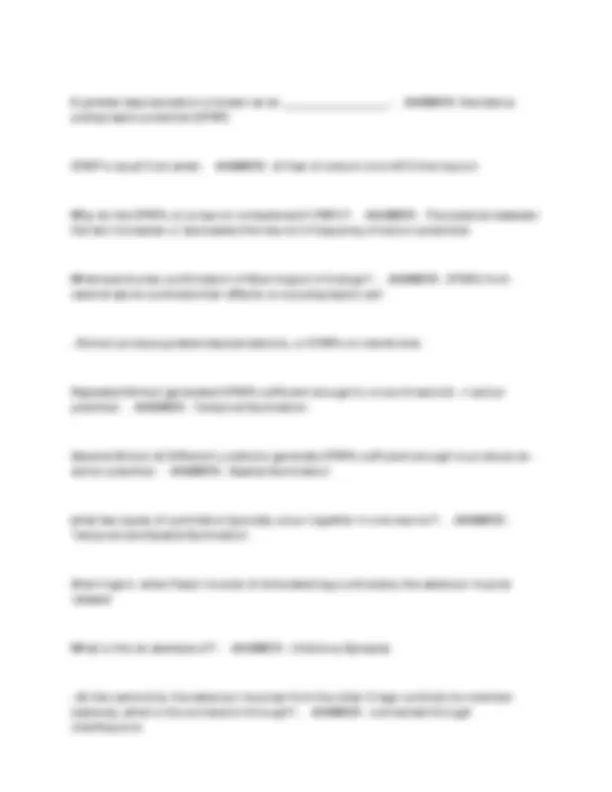
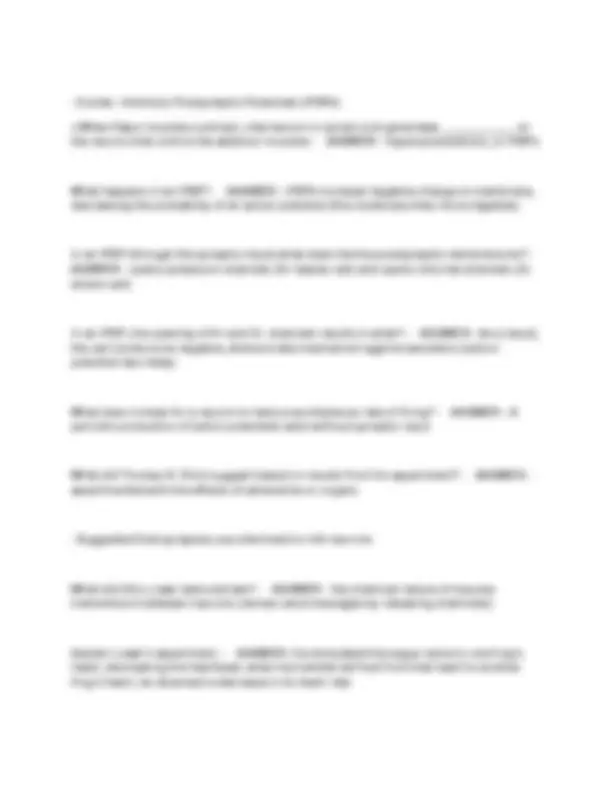
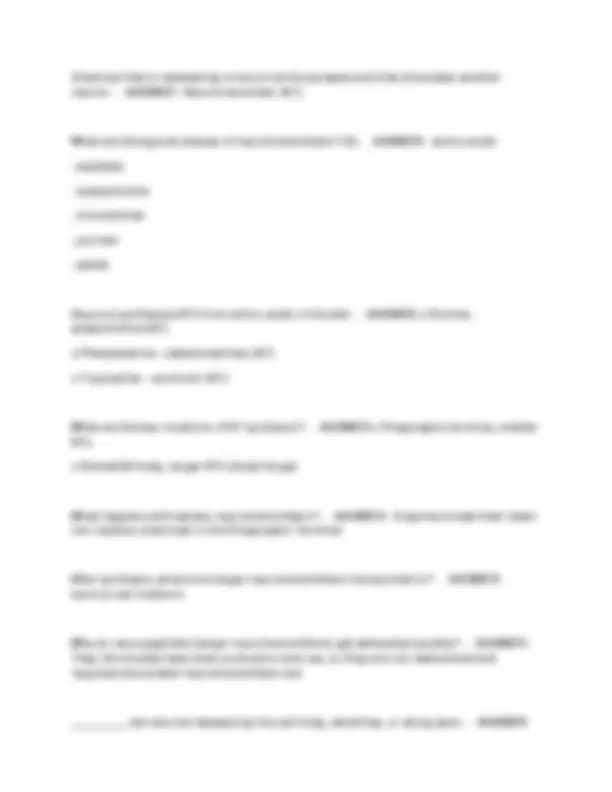
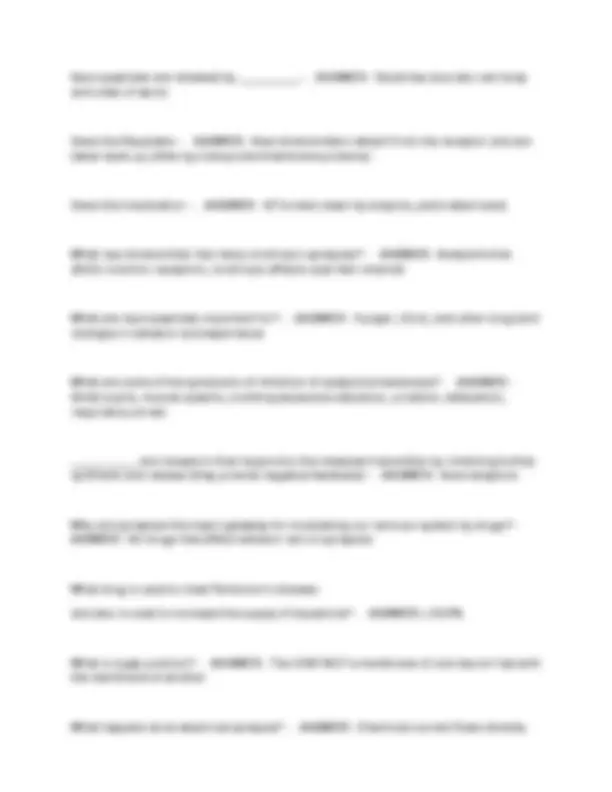
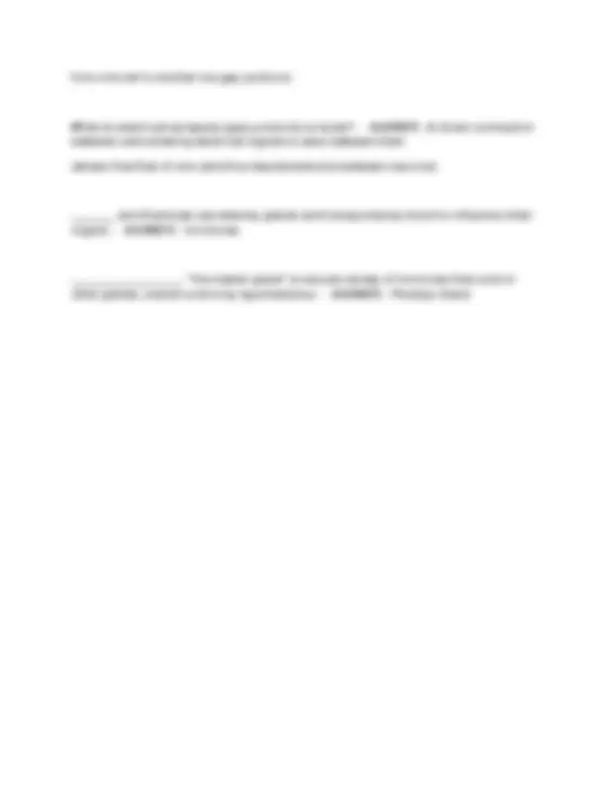


Study with the several resources on Docsity

Earn points by helping other students or get them with a premium plan


Prepare for your exams
Study with the several resources on Docsity

Earn points to download
Earn points by helping other students or get them with a premium plan
Community
Ask the community for help and clear up your study doubts
Discover the best universities in your country according to Docsity users
Free resources
Download our free guides on studying techniques, anxiety management strategies, and thesis advice from Docsity tutors
This document delves into the intricacies of synaptic transmission, a fundamental process in neural communication. It explores the work of pioneers like charles scott sherrington and john eccles, highlighting their key discoveries about synapses. Concepts like delayed transmission, temporal and spatial summation, and the role of neurotransmitters in mediating neural signals. It also discusses the different types of neurotransmitters, their synthesis, release, and inactivation, providing a comprehensive overview of this crucial aspect of neuroscience.
Typology: Exams
1 / 9

This page cannot be seen from the preview
Don't miss anything!






Who is Charles Scott Sherrington - ANSWER - Demonstrated and coined 'synapse'
Leg Flexion Reflex -response of muscle (a purely behavioral observation) ANSWER - Measurement of time between stimulation of skin and
The speed of conduction through the reflex arc was slower than the known speed ofconduction along an uninterrupted axon, this is _______________________ - ANSWER - Sherrington's observations and conclusions (1): Delayed Transmission: a dog's foot is pinched, and the dog flexes that leg after a short delay this is an example of ________________ - ANSWER Delayed Transmission Sherrington's observations and conclusions (2): Temporal Summation: -cumulative and produce a reflex ANSWER - Repeated stimuli occurring within a brief time are Ex. Pinch the leg once --> no response Ex. Pinch leg several times quickly --> movement
Ex. More rapid the pinching --> greater the movement Pinching the leg several times in fast succession results in a reflex this is an example of________________ - ANSWER Temporal Summation
Sherrington's observations and conclusions (3):Spatial Summation: - ANSWER -- Spatial Summation: several synaptic inputs originating from separate locations at the same time are cumulative and produce areflex ex. Pinching the leg in one place --> nothing happens ex. Pinching the leg in two different places --> movement pinching leg in two different places at once results in movement this is an example of ________________ - ANSWER Spatial Summation What are three of Sherrington's observed properties of reflexes suggesting specialprocesses at the junctions between neurons (synapses)? - ANSWER -Reflexes are slower than conduction along an axon -Several weak stimuli presented at nearby places or times produce a stronger reflexthan one stimulus alone does
-When one set of muscles becomes excited, a different set becomes relaxed What did John Eccles find? -depolarizations of the postsynaptic membrane ANSWER single neuron recordings - graded
The synapse consists of 2 neurons, where? -Terminal ANSWER o Neuron 1: at the Presynaptic o Neuron 2: at the Postsynaptic Membrane
What happens in an IPSP? -decreasing the probability of an action potential (the inside becomes more negative) ANSWER - IPSPs increase negative charge on membrane,
In an IPSP (through the synaptic input) what does the the postsynaptic membrane do? -ANSWER - opens potassium channels (K+ leaves cell) and opens chloride channels (Cl- enters cell) In an IPSP, the opening of K+ and Cl- channels results in what? -the cell inside more negative, Active brake mechanism against excitation (action ANSWER - As a result, potential less likely) What does it mean for a neuron to have a spontaneous rate of firing? -periodic production of action potentials even without synaptic input ANSWER - A
What did Thomas R. Elliot suggest based on results from his experiment? -experimented with the effects of adrenaline on organs ANSWER -
Explain Loewi's experiment: -heart, decreasing the heartbeat; when he transferred fluid from that heart to another ANSWER -He stimulated the vagus nerve to one frog's frog's heart, he observed a decrease in its heart rate
Chemical that is released by a neuron at the synapse and that stimulates anotherneuron - ANSWER - Neurotransmitter (NT)
What are the typical classes of neurotransmitters? (6) - ANSWER - amino acids
Neurons synthesize NTs from amino acids in the diet -acetylcholine (NT) ANSWER o Choline - o Phenylalanine - catecholamines (NT) o Tryptophan - serotonin (NT) What are the two locations of NT synthesis? -NTs ANSWER o Presynaptic terminal, smaller o Soma/Cell body, larger NTs (body=large) What happens with excess neurotransmitters? -into inactive chemicals in the Presynaptic Terminal ANSWER - Enzymes break them down
After synthesis, where are larger neurotransmitters transported to? -various cell locations ANSWER -
Why do neuropeptides (larger neurotransmitters) get exhausted quickly? -They intrinsically have slow production and use, so they are not reabsorbed and ANSWER - recycled like smaller neurotransmitters are __________ can also be released by the cell body, dendrites, or along axon - ANSWER
o At transmitter-gated channels o Quick start with short duration (5 ms half life)o Localized effect on membrane o Immediately opens ion gateso Used for quick transmission like in vision, hearing, muscle, movements, etc.
What kind of effect? - ANSWER - Ionotropic effect o Late start (30 ms) with duration up to many minutes o Activates g-protein in cello G-protein activates second messenger system o NTs - various, also neuropeptides o Affect much of cell§ Open or closes ion channels § Change protein production § Widespread effects, typical for other senses, arousal, attention, & emotion -ANSWER - Metabotropic effect
What happens when a G-protein activates second messenger system in a metabotropiceffect? - ANSWER - The second messenger communicates to many areas within the cell
Where are neuropeptides synthesized? - ANSWER - In the Cell Body
Neuropeptides are released by ___________ -and sides of axon) ANSWER - Dendrites (but also cell body
Describe Reuptake: -taken back up (often by transporter/membrane proteins) ANSWER - Neurotransmitters detach from the receptor and are
Describe Inactivation: - ANSWER - NT broken down by enzyme, parts taken back What neurotransmitter has many ionotropic synapses? -(ACh) nicotinic receptors, ionotropic effects open Na+ channel ANSWER - Acetylcholine
What are neuropeptides important for? -changes in behavior and experience ANSWER - Hunger, thirst, and other long-term
What are some of the symptoms of inhibition of acetylcholinesterase? -Small pupils, muscle spasms, vomiting excessive salivation, urination, defecation, ANSWER - respiratory arrest ____________ are receptors that respond to the released transmitter by inhibiting furthersynthesis and release (they provide negative feedback) - ANSWER - Autoreceptors
Why are synapses the major gateway for modulating our nervous system by drugs? -ANSWER - All drugs that affect behavior act on synapses
What drug is used to treat Parkinson's diseaseand also is used to increase the supply of dopamine? - ANSWER L-DOPA
What is a gap junction? -the membrane of another ANSWER - The CONTACT a membrane of one neuron has with
What happens at an electrical synapse? - ANSWER - Electrical current flows directly